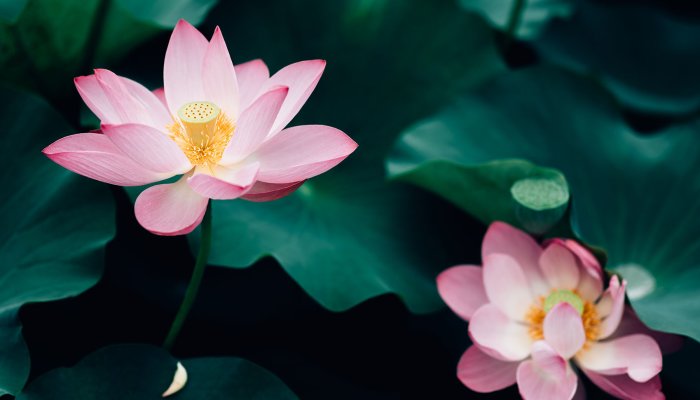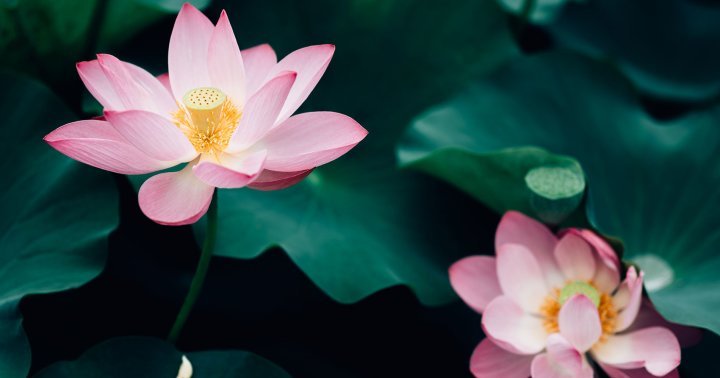Lotus History & Symbolism: What We Can All Learn From The Flawless Flower

The lotus has its place in a number of religions, particularly in the East. According to Dheepa Sundaram, Ph.D., assistant professor of religious studies at the University of Denver, lotus flowers in Hinduism represent the womb of the universe from which all things are born, as well as overcoming adversity.
“Lotuses only grow in really swampy areas, so that symbolizes this idea that out of ugliness and destruction and unrest, we can all come together in this perfect moment,” she previously explained to mbg.
The lotus flower also represents connection, she added, “and in that respect, it also has an indirect relation to the Buddhist idea of the universal soul.”
Emerging from murky water with clean petals, Vose adds that the lotus is thought of as a symbol of purity and transcendence, as well as spiritual purification and liberation (aka Nirvana). “Beyond this, the lotus is also a symbol of the singular source of creation,” he adds.
Feng shui expert Anjie Cho expands on this idea, noting that the lotus can also be thought of as an embodiment of a mandala, with a center point that expands outward. Within that center, we find the singular source Vose speaks of.
And in Hinduism, Cho adds, there is a popular mantra that describes the lotus as a symbol for enlightenment: Om mani padme hum, which translates from Sanskrit to (roughly), Praise the jewel in the lotus.
“All the wisdom is within us, so the ‘jewel,’ the ‘treasure,’ is in us—and we are the lotus flower,” Cho explains.
This article was originally published by mindbodygreen.com. Read the original article here.




